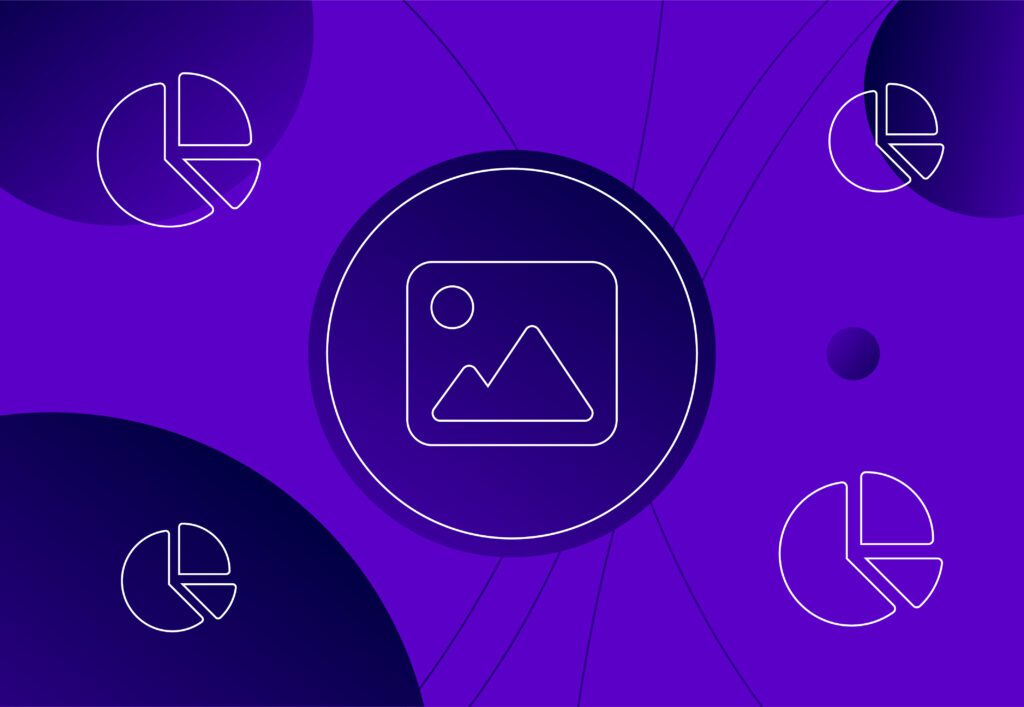
Learning Google Analytics As A Content Writer – Part 1

As a content writer, it can be easy to send your writing out into the world, and then move on to the next thing and forget all about it, especially in an SEO agency like Embryo, where everything just moves so fast! However, as I learn more about writing for effective SEO, the importance of looking back and understanding how and why posts perform the way they do is becoming increasingly significant. Finding out who reads content, the keywords they search for, the bounce rates of different pages and how content performs on different platforms is invaluable feedback that helps me learn and grow as a writer. In this post, I’ll share my experience learning about Google Analytics as a content writer, and tell you why should learn to use it too.
What is Google Analytics?
Google Analytics is a platform that you can use to find out more about your website, and who visits it. It is a free tool that tracks the movements of every user that comes to your website while they are on it. It is so important to your digital marketing as your website is the hub for everything you do online, and understanding how people use it means you can optimise it for your users.
Why Learn Analytics?
Google Analytics is an important tool for anyone looking to improve their online presence and optimise their digital marketing. Due to the sheer volume of data Google Analytics can collect, it is a very flexible tool and can be used however is right for your business and it’s goals. For content writers, it can offer valuable insights into what users want to see from the content you post, and what will lead to more visitors, engagements and conversions for clients.
Every business is different, and Google Analytics lets you see just exactly who the audience for your business is. From there, you can use Google Analytics’ demographics tools to find out who your audience is – where they’re from, how old they are, their hobbies and interests and much more. This can help you create a consistent Tone of Voice for the company that appeals to core audiences, as well as helping you pick topics for blogs and create structures for web pages that will interest and appeal to your audience.
The massive volume of data produced inevitably means that there are some reports and information Google Analytics can give that aren’t particularly relevant to the world of content and my job in a day to day sense. However, learning more about them helps me understand the work of other departments better, like SEO, PPC or Social.
What Am I Learning?
I’ve been looking into the different reports and information that Google Analytics can present, including Real-Time reports, Audience reports and Acquisition reports.
Real-Time reports tell you what’s going on with your site at any given moment, from the number of users, the pages they’re on, how they found your site and where they’re from, among other information.
This information comes from one of Google Analytics’ training exercises. The real-time reports show you the activity on your site as it happens, per minute and even per second. This section of Google Analytics isn’t the most important for content writers, but it does give some insight into when activity on a given site is at its highest, which can be very helpful information.
The Audience reports are some of the most useful reports for content writers. This is where you can see all of the information you could ever need about a site’s users. From their age, gender and location to their interests and hobbies, everything you need to get started understanding a site’s user base is here. This kind of information on who the audience is and how they behave is incredibly helpful for content writers.
For example, you can see in the audience reports the average amount of time a user spends on the site when they visit (the average session duration). If you were to find out that most users are spending less than two minutes on a site, a long-form content strategy with 5000 word long articles just isn’t going to be read. Conversely, a low session time can tell you that users might not have enough incentive or information to stay on the site for a long time, so short guides, articles or infographics might be something that they need.
The different types of information you can get from audience reports can really make an impact on what you’re writing, and who you’re writing it for.
Acquisition reports primarily tell you where your website traffic is coming from. This is valuable knowledge again, as it helps to give some direction to the overarching digital strategy. A low rate of acquisitions from social might tell you that a better, more engaging social strategy is needed, while high levels of organic traffic are a great sign that your SEO and content strategies are paying off!
There’s always more to learn, and since working with the team at Embryo Digital, I’ve had the opportunity to learn from some of the best marketers in the industry! If you think that your business might need some of these insights, contact us on 0161 327 2635, and let us show you how a good digital strategy can boost your business.




